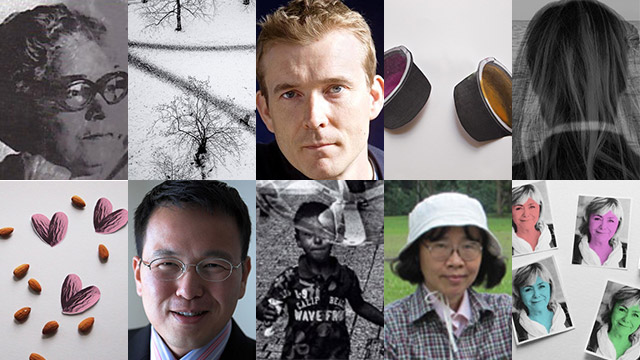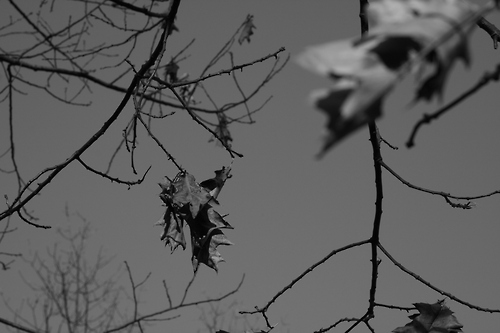What is the memory of reading? How do you remember reading? For me, I cannot simply recall the book in question, but also when I read it, why I had chosen to read it if there was a choice involved, or how I chanced upon it, and most significantly, where I read it: in which rooms and in which seats. I have moved around a lot this year, both travelling and relocating, but at the same time, my memories of reading certain books invoke stillness, the kind where you notice the slightest movement of daylight changing the hours. The off-white of the page and the off-white of the walls. The world outside the door. And you reading. And then there are some books that do not ask for a stupor, but an attention where you want to see or imagine it being made, you want to know what it looked like in its first stages and what conversations transformed it into its finished present state. Well-arranged poetry anthologies have this effect on me. When I heard Robert Chandler speak about The Penguin Book of Russian Poetry at the Place for Poetry conference, at Goldsmiths in London earlier this year, I knew I had to spend time looking at the way he had organized the contents and think back to what he had said about editorial choices, about being both editor and translator, and working with co-editors. How does one take on the challenge of representing 200 years of Russian poetry to be published in 2015 and under the banner of a Penguin Classic? The key, Chandler said was in striking a balance between what is available and what should ideally be available. So he had to go beyond the ‘seductive neatness’ of the four that most representation of Russian poetry is over-fixated on (Anna Akhmatova, Osip Mandelstam, Boris Pasternak and Marina Tsvetaeva), and include a few non-Russian poets, and have over fifty contemporary translators work on the anthology. READ MORE…
Language: Japanese
My 2015
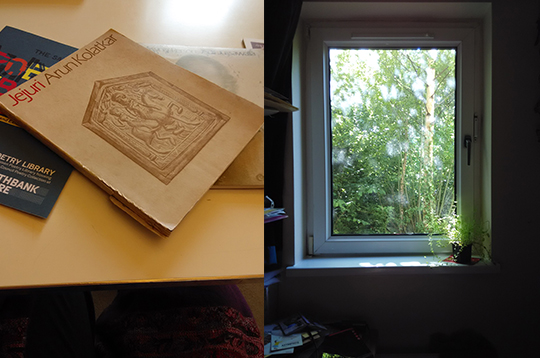
The off-white of the page and the off-white of the walls. The world outside the door. And you reading.
I Have Changed Nothing: Seven Paradoxes in Pursuit of Arthur Waley
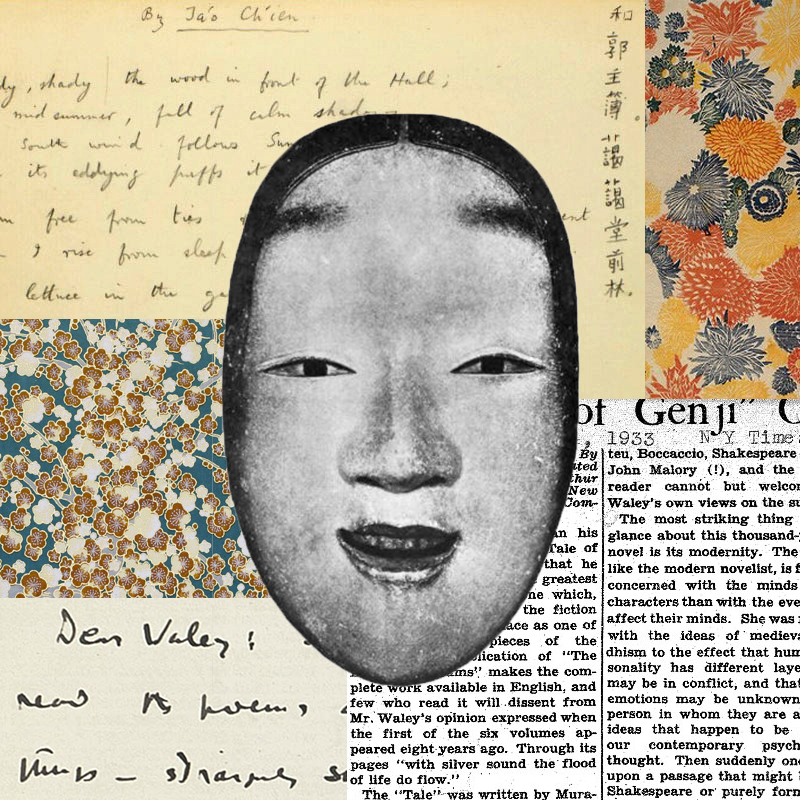
Fourth in Josh Billings' "Lives of the Translators" Series
Skiing
Of all outdoor sports, skiing is the most dependent on “conditions”; so it is with some confusion that we come across this incredible sentence, from Arthur Waley’s short essay “Waiting for the New”:
But the truth is that for the skier time does not count.
As truths go, this one sounds strange—especially coming from the man who essentially introduced ancient Chinese and Japanese literature to 20th century-English readers. But Waley knew what he was talking about. Over four decades and over two dozen books (an output rivaled only by his fellow Fabian, Constance Garnett), he developed an exquisite ear for the way that time changed words. At the same time, as a poet, he understood that the gulfs separating two seemingly distant eras could be bridged, unexpectedly, by a single act. Later in the same article, he described the skier’s patience:
Waiting is waiting, whether it be for a night or for six months; and inversely the prospect of a ski-run is as exciting, day after day, to the rentier or pensioner who spends Michaelmas to May Day on the snow, as to the breadwinner who snatches a fortnight at Christmas. Each, on waking, thrills at the thought ‘today I am going to ski’; each has sat for hours in heavy and perhaps wet skiing boots, merely to put off the moment when he must confess to himself ‘today the skiing is over.’
The skier in Waley’s description no more ignores the weather than the translator would ignore the echoes of an archaic verb tense; on the contrary, he steeps himself in the conditions of his art, sure that if he waits long enough, his moment will come. The clouds will part and time collapse like a Mad Fold-In, creating a moment that is simultaneously a repetition of previous moments and unique. The name that Waley’s article gives to this miracle will be familiar to readers of either ancient Chinese literature or 20th century poetry. It is “The New.”
Biography
In a note to his 1934 translation and study of the Tao Te Ching, Waley explains the concept of fan-yen:
The ‘which of you can assume murkiness…to be clear’ is a fan-yen, a paradox, reversal of common speech. Thus ‘the more you clean it, the dirtier it becomes’ is a common saying, applied to the way in which slander ‘sticks’. But the Taoist must apply the paradoxical rule: ‘The more you dirty it, the cleaner it becomes.’
As a tool for thought, paradox has a long history in Western and Eastern literatures, but its use in biography has been limited. The mythmaking urge is too great, which means that most of the time biographers from Samuel Johnson to David Remnick have found themselves “cleaning” their subjects’ lives in a way that may sound and even be true, but which hides a certain messiness. The life in question becomes a story with a plot and theme—which is all well and good until you think about your own life, and the thousand things that any story about it would have to leave out in order to make any sense.
The life of Arthur Waley breaks the biographer’s storytelling urge in a number of ways, not the least of which is the fact that Waley didn’t write much about himself. He kept no diary and destroyed his letters, leaving a space, or network of spaces, where most of his contemporaries left maps. Perhaps most importantly, his insane productivity occurred almost exclusively in translation—a discipline that traditionally prides itself on self-erasure. Because of this, any attempt to make a story out of him has to confront the fact that there is, ostensibly at least, not much “him” to make a story out of. READ MORE…
A Winter’s Night in Sydney: Poetry Plurilingual
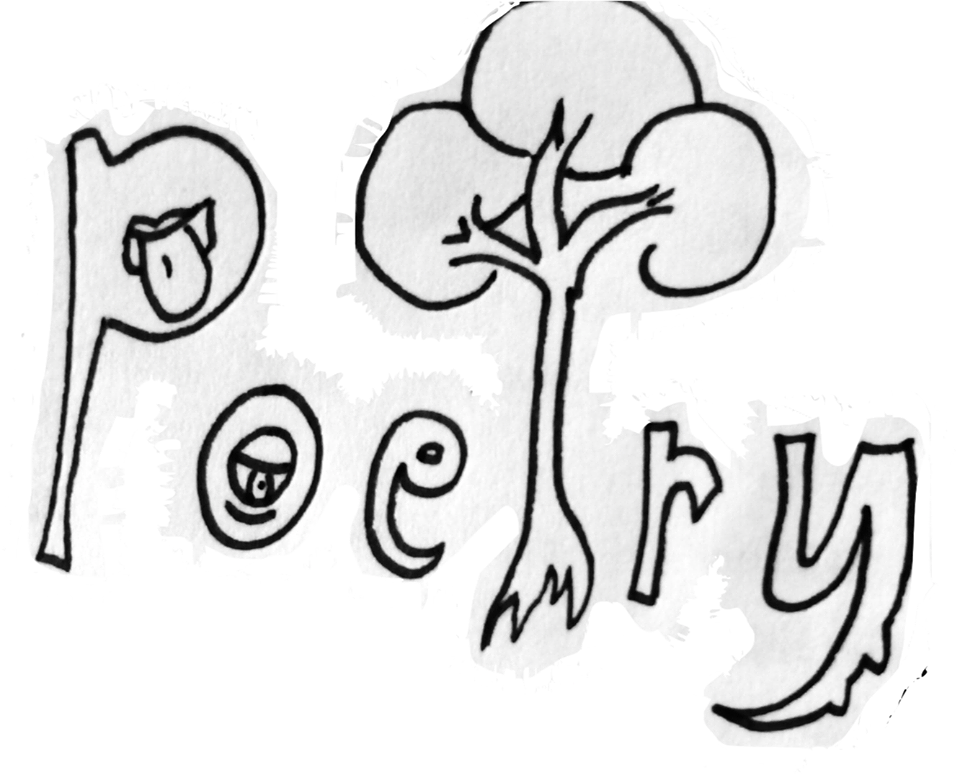
Reporting from the front lines of poetry, translation, and performance
I walked through Sydney’s back streets and upstairs to the crowded room where “Poetry Plurilingual” was about to begin. We sat on mismatched armchairs and wooden benches and squeezed up against each other. The night started with a series of readings of poems in foreign languages, followed by English-language translations. The focus of these readings was on the “original,” foreign, text. But the night took a sharp turn when two readers—Jack Breukelaar and Toby Fitch—boldly shifted the audience’s attention to the process and text of translation.
Jack introduced the audience to the work of Japanese writer and manga artist Kiriko Nananan, showing us a “1994 cool female authors” edition of Garo, an avant-garde manga periodical that began in the sixties, that he bought for a dollar at a discount bookshop. The book was visually striking—Jack didn’t know the work’s significance when he bought it—“but was drawn to [the] cover image by Nananan, reminiscent of Schiele or Baudelaire.” More of Nananan’s work has been translated into French than into English, and Jack had not found any previous English translation of his chosen poem: READ MORE…
It’s hard to say just how your favorite songs become your favorite songs, but it shouldn’t be hard to understand that sometimes our favorites are also immensely popular. We are not unique snowflakes, at least not when it comes to pop music, and sometimes (as previous iterations of this column have tried to show) we aren’t even that different from people across borders, seas, and continents.
A good song travels at the speed of radio waves, taking up residence in ears wherever, whenever. Folk songs have traveled best of all, passing from porch to porch or from prayer-bench to prayer-bench, until the likes of Alan Lomax and the Greenwich Village folkies recorded and spread these tales like acoustic wildfire. READ MORE…
Asymptote Spring 2014 Issue – Out Now!
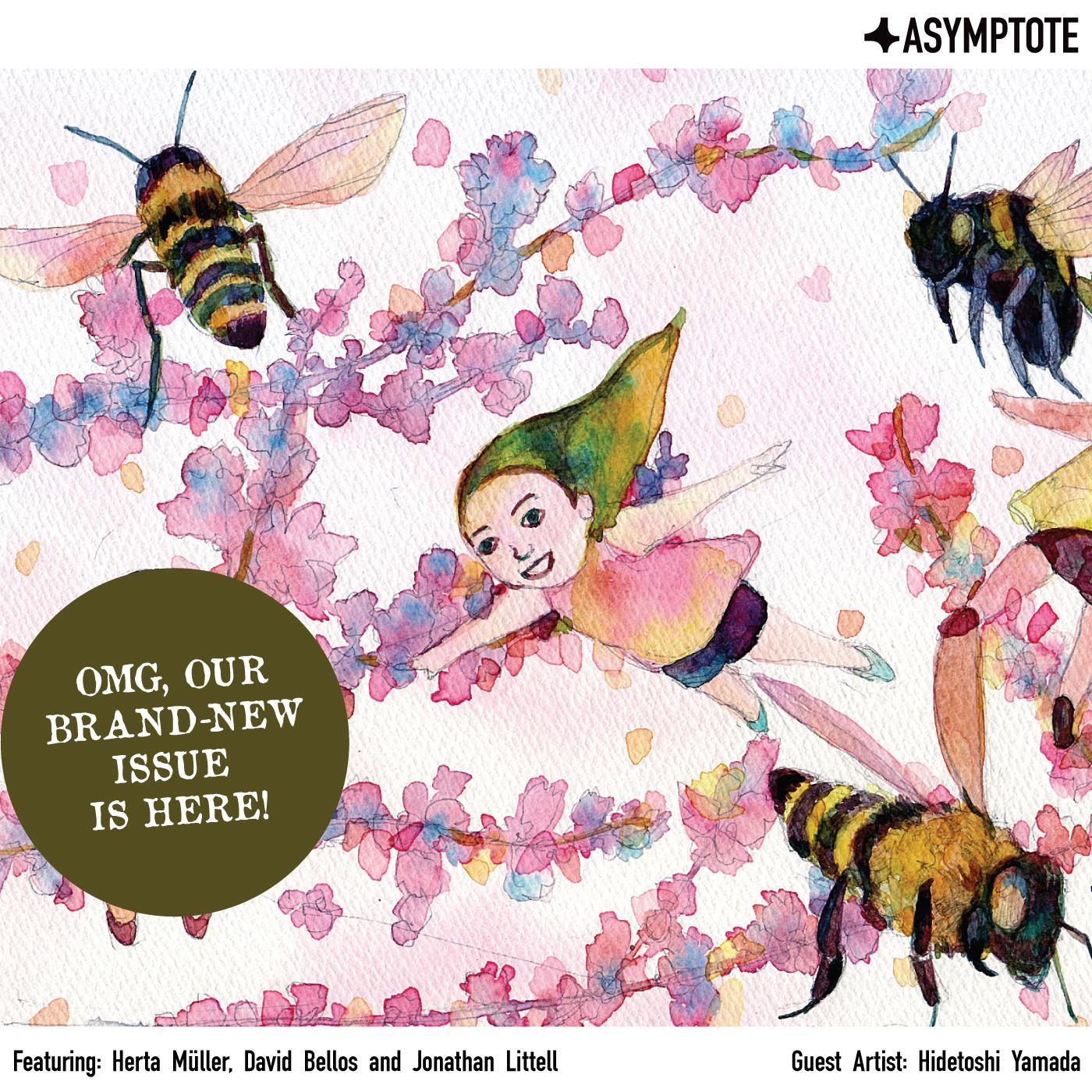
…and it's packed with the most exciting new literary translations, critical pieces, and more from around the world.
What are you waiting for? Highlights from Asymptote’s Spring 2014 issue include new work by Nobel laureate Herta Müller, David Bellos (author of “Is that a Fish in Your Ear?”), and Prix Goncourt-winner Jonathan Littell. Plus, our annual English-language fiction feature spotlights Diasporic literature from Bosnia, China, India, Japan, and Singapore.
Most songs about snow are also about Jesus, or about Santa, or cozying up in a toasty cabin. They’re not all like that though, there’s Belle & Sebastian’s “Fox in the Snow” (here in a choral version from Vancouver and here in a delightfully dark version by the great Kiki & Herb), and let’s never forget Marvin Gaye’s “Purple Snowflakes”, which seems ripe for a cover by well-known syzzurp aficionado Justin Bieber. There’s Kate Bush, who recorded an entire album about the ethereal white crystals. Inspired by the widespread idea that ‘Eskimos’ have hundreds of words for snow, Bush created her own list of 50 snow-white synonyms, coming up with delightful terms such as “Zhivagodamarbletash”, “sorbetdeluge”, or “swans-a-melting”, and recorded them with the help of Stephen Fry (rather obsessed with the vagaries and varieties of language). As for ascertaining just how many Eskimoan terms there really are for snow? READ MORE…
Today’s post is a selection from Takashi Hiraide’s The Guest Cat, translated from the Japanese by Eric Selland. A bestseller in France and the winner of the Kiyama Shohei Literary Award in Japan, the novella concerns a couple in their thirties living in a small rented cottage in a quiet section of Tokyo. They work at home and have reached a point in their relationship where they no longer have much to say to one another. The arrival of a cat changes things. Hiraide is a poet, and his writing is at once fast and delicate, attuned to the finest details in his characters’ lives. The Guest Cat will be published by New Directions on January 28.
We give you the ten most popular articles published this year at Asymptote:
Nao-cola Yamazaki’s first published work, 2004’s Don’t Laugh At Other People’s Sex, won the Bungei Award, was adapted into a major motion picture, and was nominated for the Akutagwa Award, a prestigious honor given annually to a promising Japanese writer. “I believe that the mission of contemporary Japanese writers is to express ambiguity,” she says, as an introduction to the following piece, an excerpt from her novel The Beginning of the Long End. Yamazaki was a participant in the 2013 Writers Omi at Ledig House Translation Lab, along with the translator of this piece, Takami Nieda. Yamazaki, who has in the past been skeptical that her work would be translatable, found her views altered by her time at Ledig. “The Japanese have always had a tendency to celebrate ambiguity as a virtue,” she writes, and “the Japanese language itself seems to be suited for expressing ambiguity… For example, it is possible to construct sentences without a subject, there are many passive expressions, and sentences can be written without specifying an object. These are some of the characteristics of Japanese that differ from English and perhaps many other languages.” Though she recognizes how her work takes advantage of the nuances of her native tongue, Yamazaki completed her stint at Writers Omi believing that a translation that conveyed her fascination with vagueness would maintain some of its distinct qualities, and “perhaps those reading the translation might enjoy those elements as a kind of ‘Japaneseness.’”
A new story by Haruki Murakami was published in the October 28th issue of The New Yorker. The story is called “Samsa in Love” and is translated by Ted Goosen, who often translates Murakami’s Canadian releases. The story concerns someone who wakes up as a man named Gregor Samsa.




